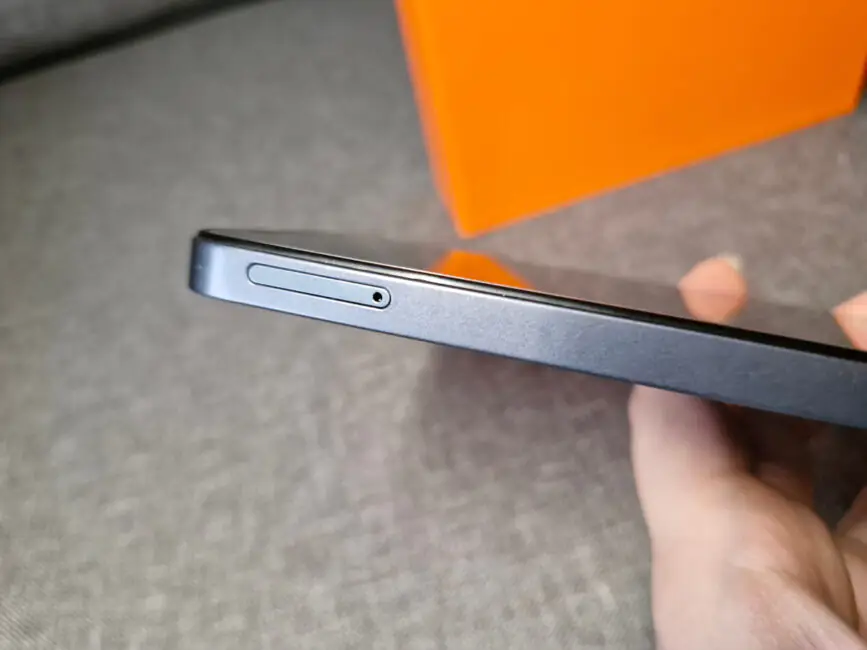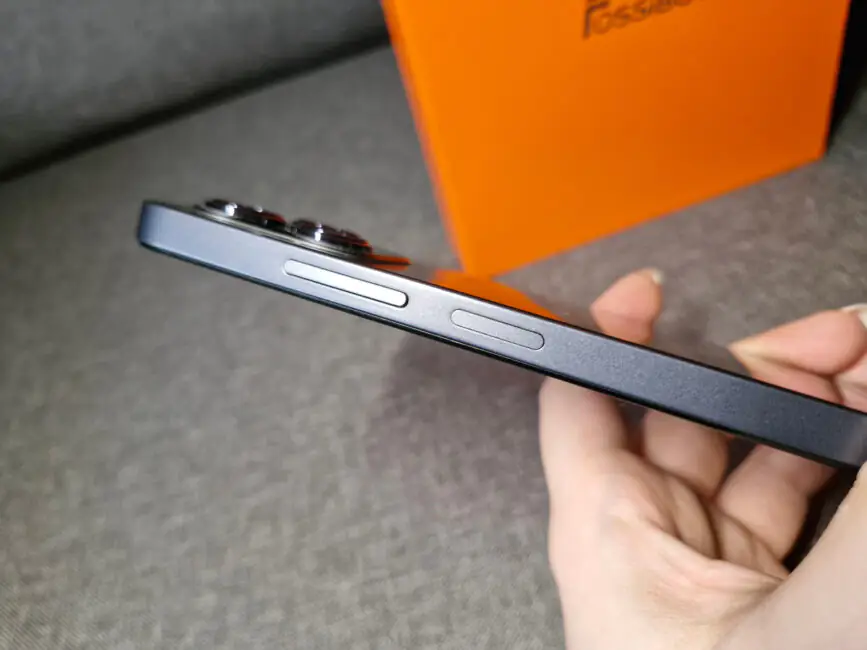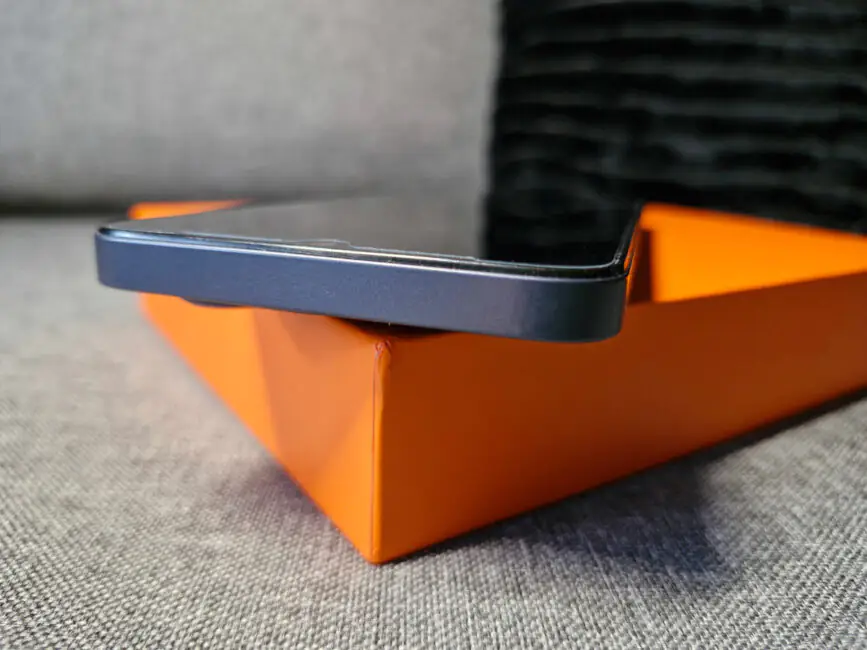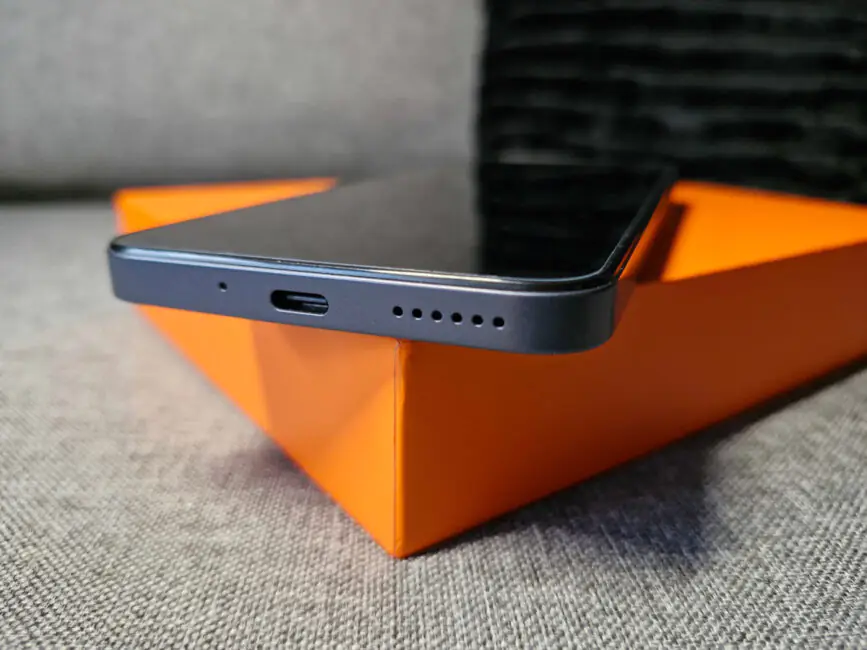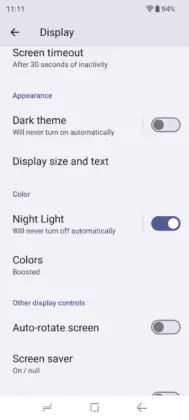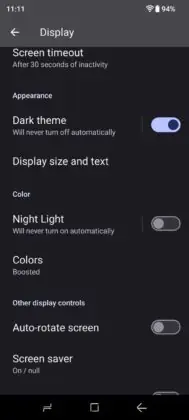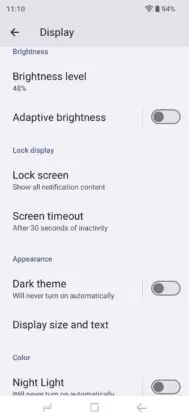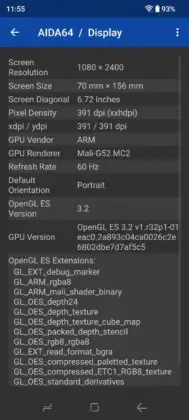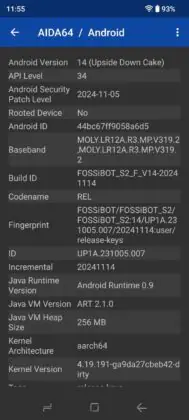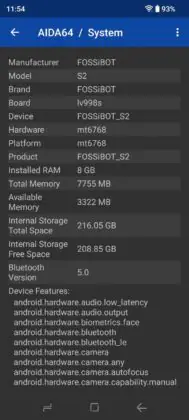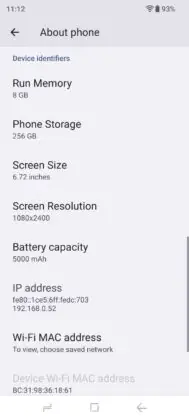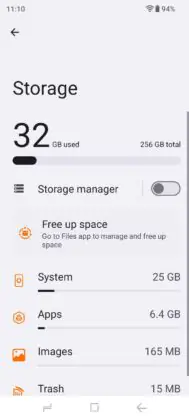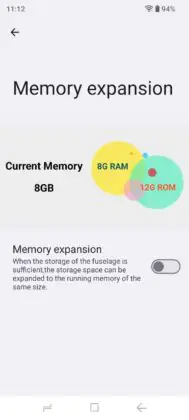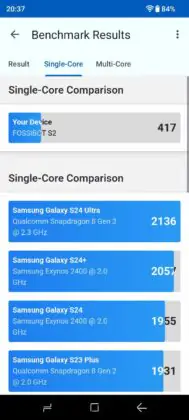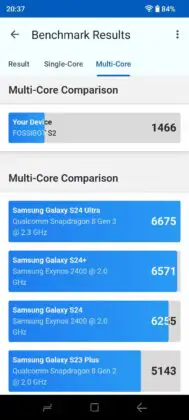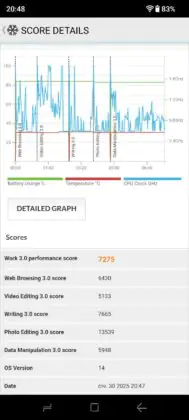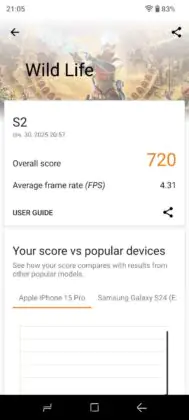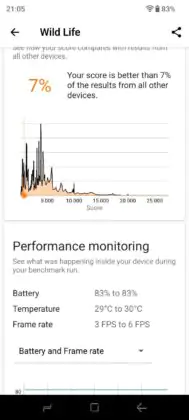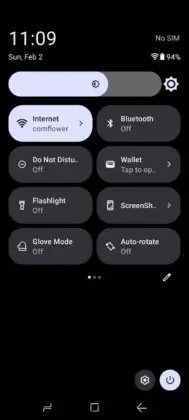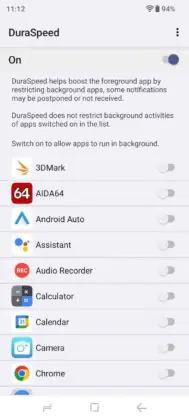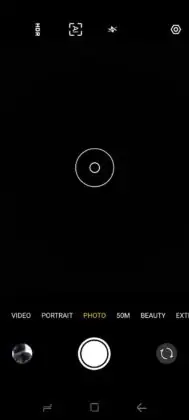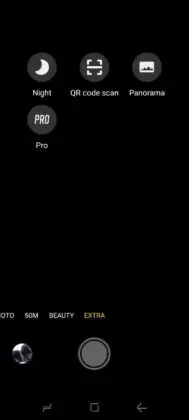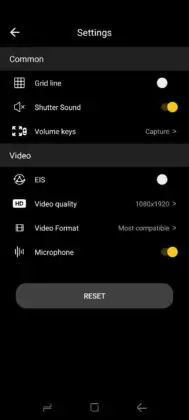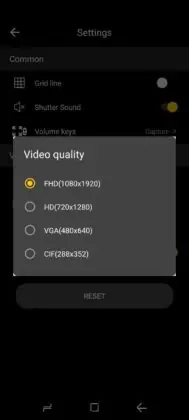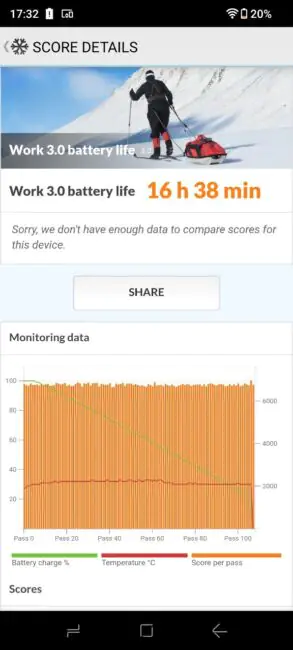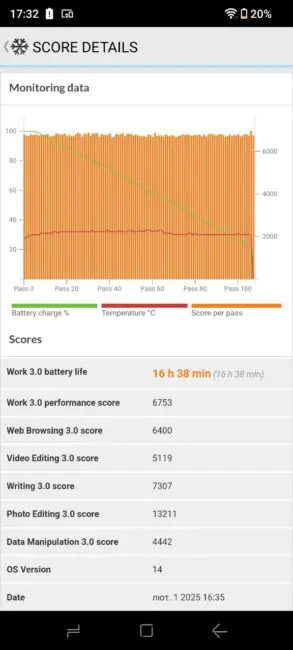© ROOT-NATION.com - Use of content is permitted with a backlink.
Fossibot is a relatively young brand, known to some for its portable power stations and renewable energy storage solutions. However, the company isn’t limiting itself to just one category, expanding its lineup to include both rugged and conventional smartphones. Today, we’re taking a closer look at one of its latest models—the Fossibot S2. Despite its budget-friendly price, this device has plenty to offer modern users. Let’s see what this affordable newcomer brings to the table.
Read also:
- Fossibot S3 Pro – A Budget Smartphone with a Curved AMOLED Display
- Fossibot F109 Review: Rugged Smartphone with Additional Touch Display
Fossibot S2 specifications
- Display: 6.72″, IPS, FHD+ (1080×2400), 60 Hz, 391 ppi
- Processor: Helio G85, 8 cores, 6×Cortex-A55 (1.8 GHz) + 2×Cortex-A75 (2.0 GHz), 12 nm
- Graphics processor: Mali-G52MC2
- Permanent memory: 256 GB
- RAM: 8 GB (+12 GB due to permanent)
- Support for memory cards: TF up to 1 TB
- Slot: triple (2 SIM + TF)
- Wireless networks: Wi-Fi 5, Bluetooth 5.0, NFC, GPS, Beidou, GLONASS, Galileo
- Main camera: 50 megapixels + two auxiliary sensors
- Front camera: 16 megapixels
- Battery: 4900 mAh, 18W fast charging
- Operating system: Android 14
- Dimensions: 166.94×76.96×8.60 mm
- Weight: 195 g
Price
At the time of this review, the Fossibot S2 is available on the brand’s official AliExpress store for just under $130 or €122. This firmly places it in the entry-level category. However, its specifications are quite competitive for this segment. Notably, it features 8GB of RAM and 256GB of internal storage, paired with a decent 6.72-inch IPS display with an FHD+ resolution. There aren’t many options in this price range offering a similar combination of specs, making the S2 an appealing choice for those seeking solid hardware on a tight budget.
Package contents
The smartphone comes in a flat, orange box that includes all the essentials. Along with the device itself, the package contains a power adapter, a charging cable, documentation, a SIM ejector tool, and a couple of useful extras—a pre-applied screen protector and a black silicone case. Notably, the case feels more durable than the typical transparent bumpers, which suggests it may offer better longevity.
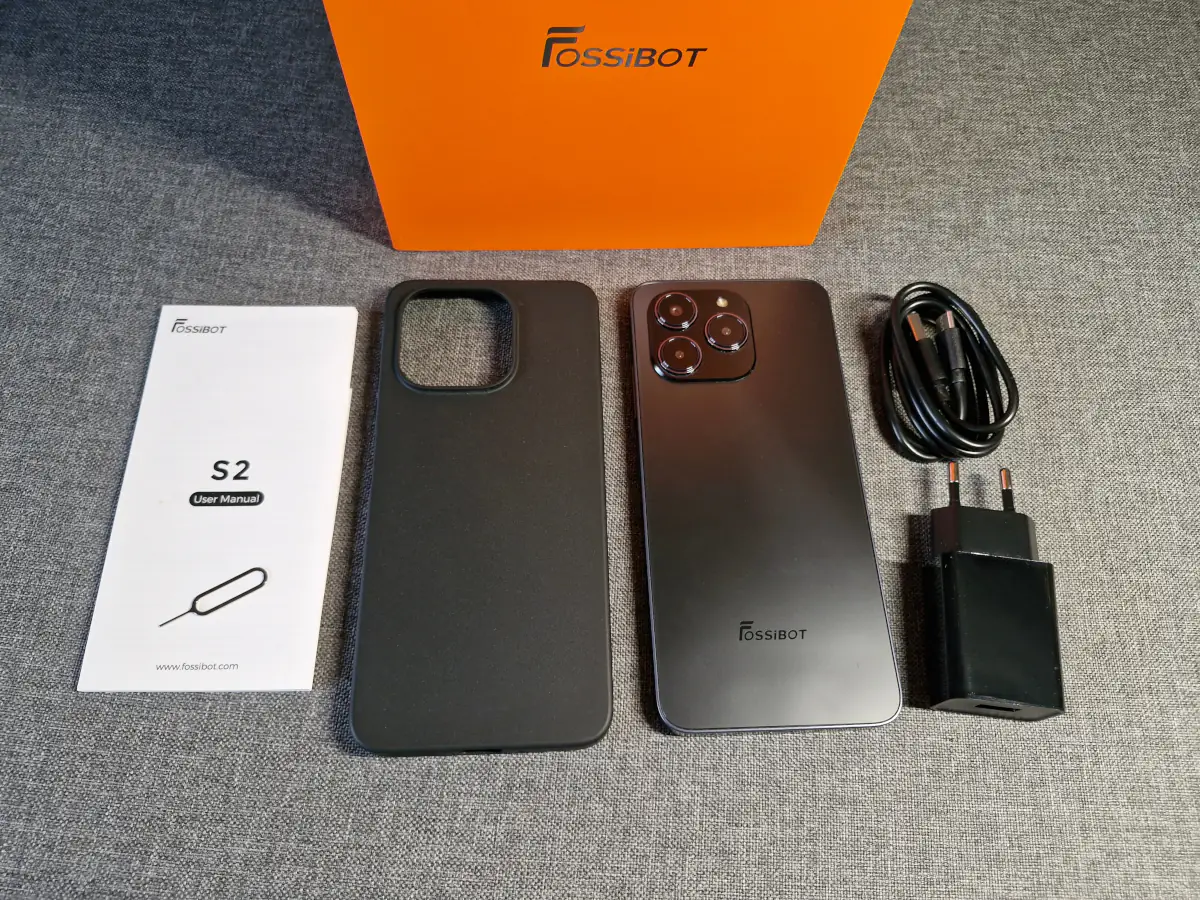
Read also: Tectonic Shifts in AI: Is Microsoft Betting on DeepSeek?
Design, materials and layout of elements
Even at a glance, it’s clear that the design of the Fossibot S2 draws inspiration from Apple devices. That doesn’t mean it’s a direct copy or a “budget alternative”—rather, the camera module has a similar aesthetic. Personally, I don’t see this as an issue. Many manufacturers attempt to create unique camera designs that stand out, but let’s be honest—not all of them succeed in making them look good. In this case, the approach feels like a reasonable design choice.
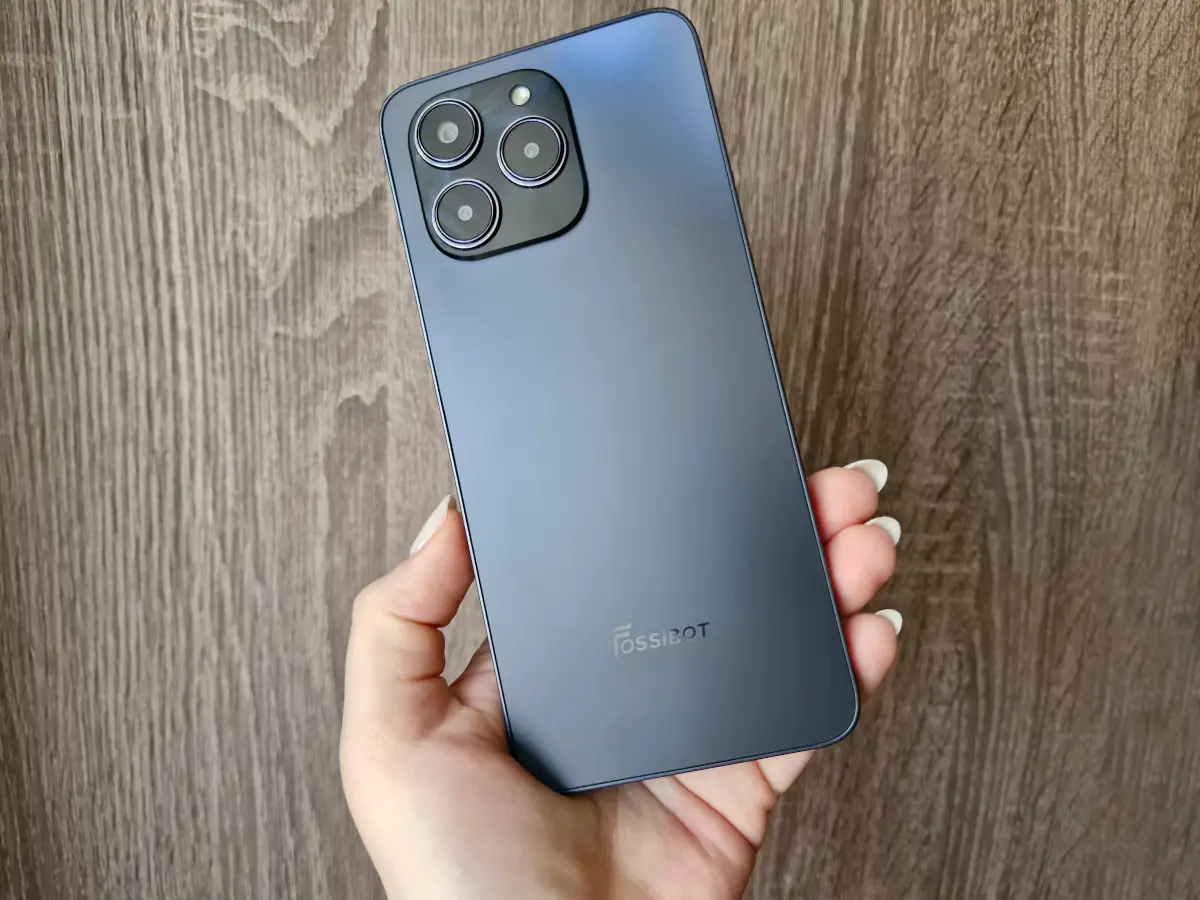
The Fossibot S2 features a well-built plastic body with a smooth surface and a semi-translucent matte texture that reflects light, creating a gemstone-like effect. In contrast, the camera module has a glossy finish, making it stand out. While the design is visually appealing, the back panel is highly prone to fingerprints and smudges. Dust also tends to accumulate around the camera area, and cleaning it with a microfiber cloth or wipes proves to be a challenge. Given this, the included case serves not only a protective function but also helps maintain a cleaner look.
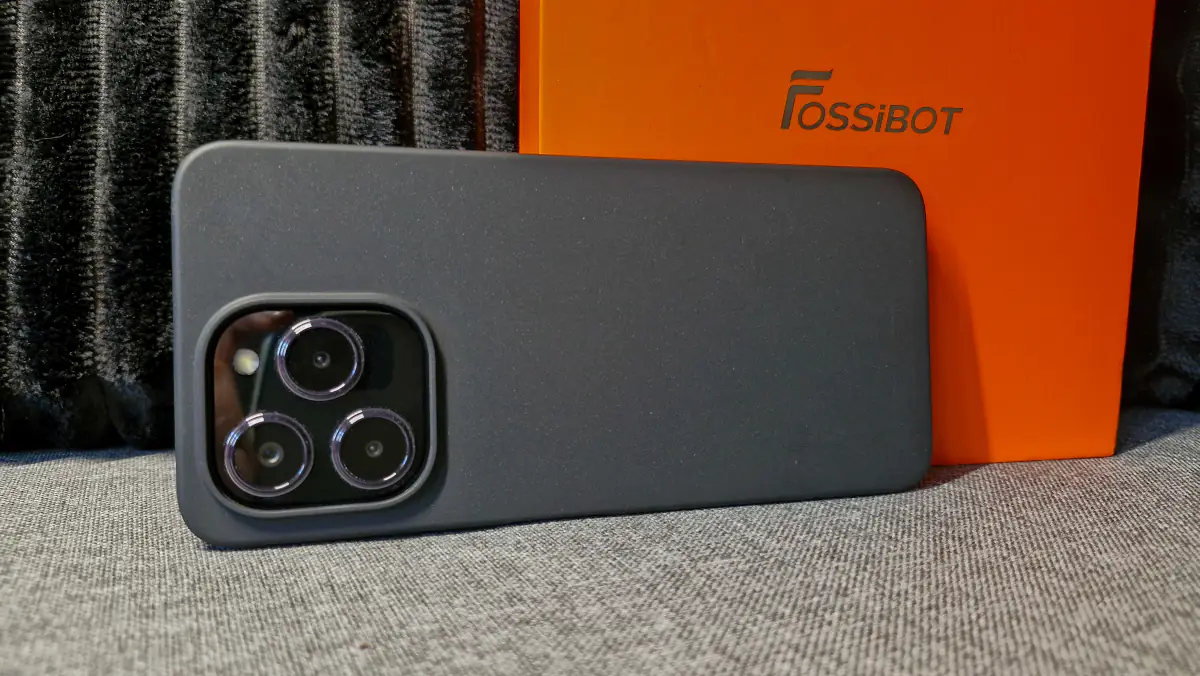
The edges of the Fossibot S2 are flat, without any rounding, giving it a more structured look. On the back panel, there’s a neatly placed Fossibot logo, adding a subtle branding element without being intrusive.
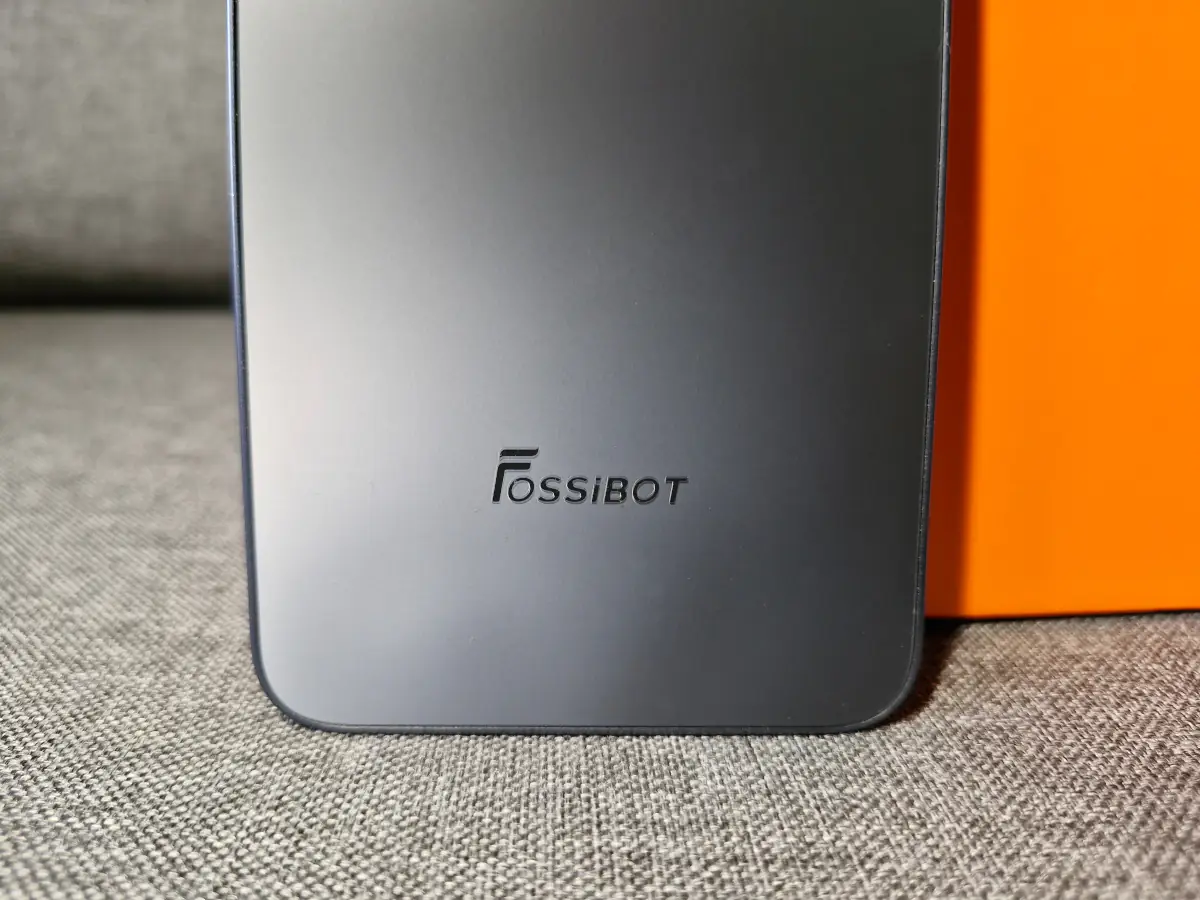
The front of the Fossibot S2 is dominated by a 6.72-inch display, featuring a small teardrop notch for the front camera and a discreet cutout for the earpiece speaker. The bezels are relatively thick, especially at the top and bottom, though they are slightly slimmer on the sides. Despite this, the screen remains perfectly usable, and the bezel size doesn’t significantly impact the overall viewing experience.
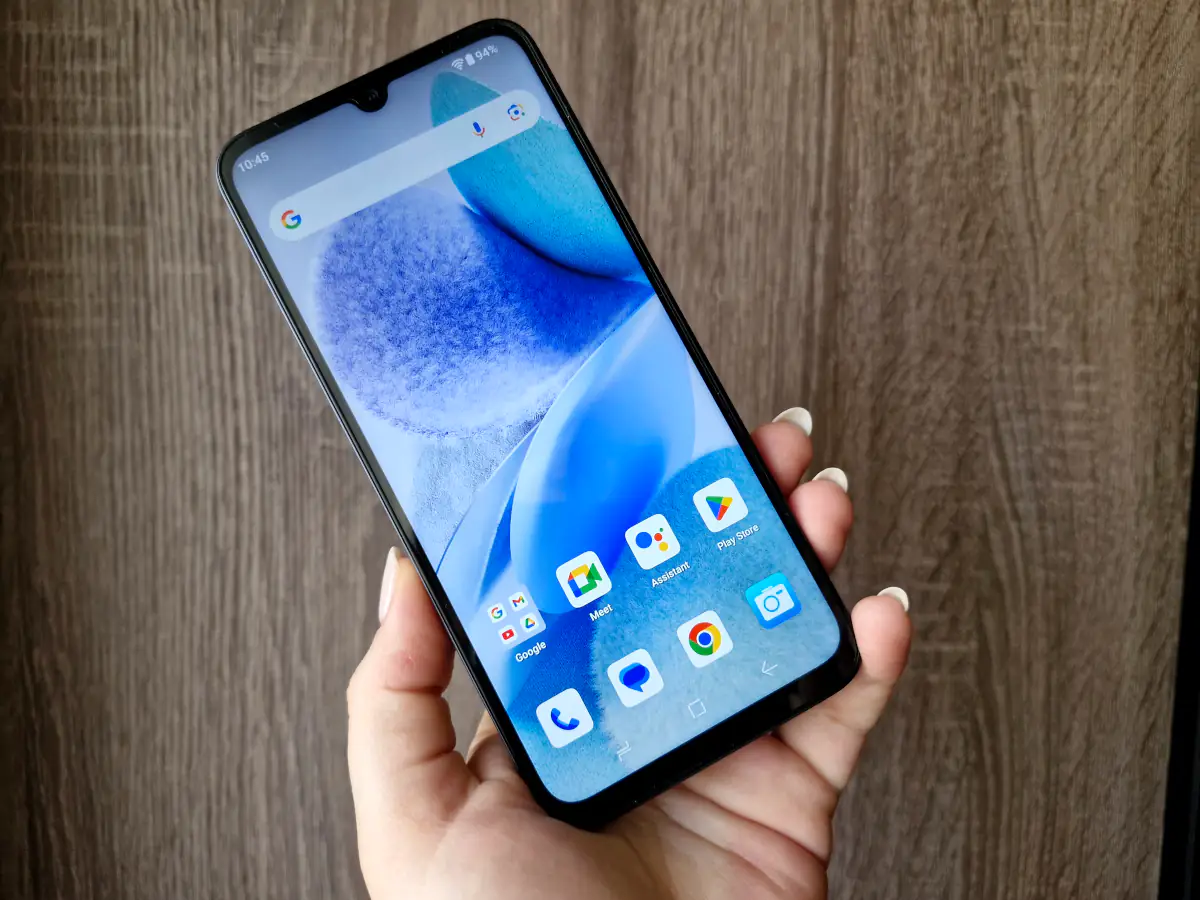
The button and slot layout follows a familiar arrangement. On the left side, there’s a triple-slot tray that accommodates two SIM cards and a microSD card simultaneously. On the right, you’ll find the volume controls and the power button, which also houses a fingerprint scanner. The scanner is slightly recessed into the frame, making it easy to locate by touch.
The top edge is completely clean, with no additional elements. On the bottom, there’s a USB Type-C port for charging, a primary speaker, and a microphone hole. However, the device lacks a 3.5mm headphone jack, meaning users will need to rely on wireless audio or a USB-C adapter for wired headphones.
Ergonomics
With a 6.72-inch screen, the Fossibot S2 measures 166.94 x 76.96 x 8.60 mm and weighs 195g. These dimensions place it in the category of average-sized smartphones, which most users are already accustomed to. The device feels comfortable in the hand, doesn’t slip, and is easy to use for daily tasks or entertainment. The power button with the fingerprint scanner is placed in a convenient position, but given the size of the phone, using it with one hand for extended periods is impractical. Overall, in terms of ergonomics, the design follows the usual formula—nothing particularly new, but functional.
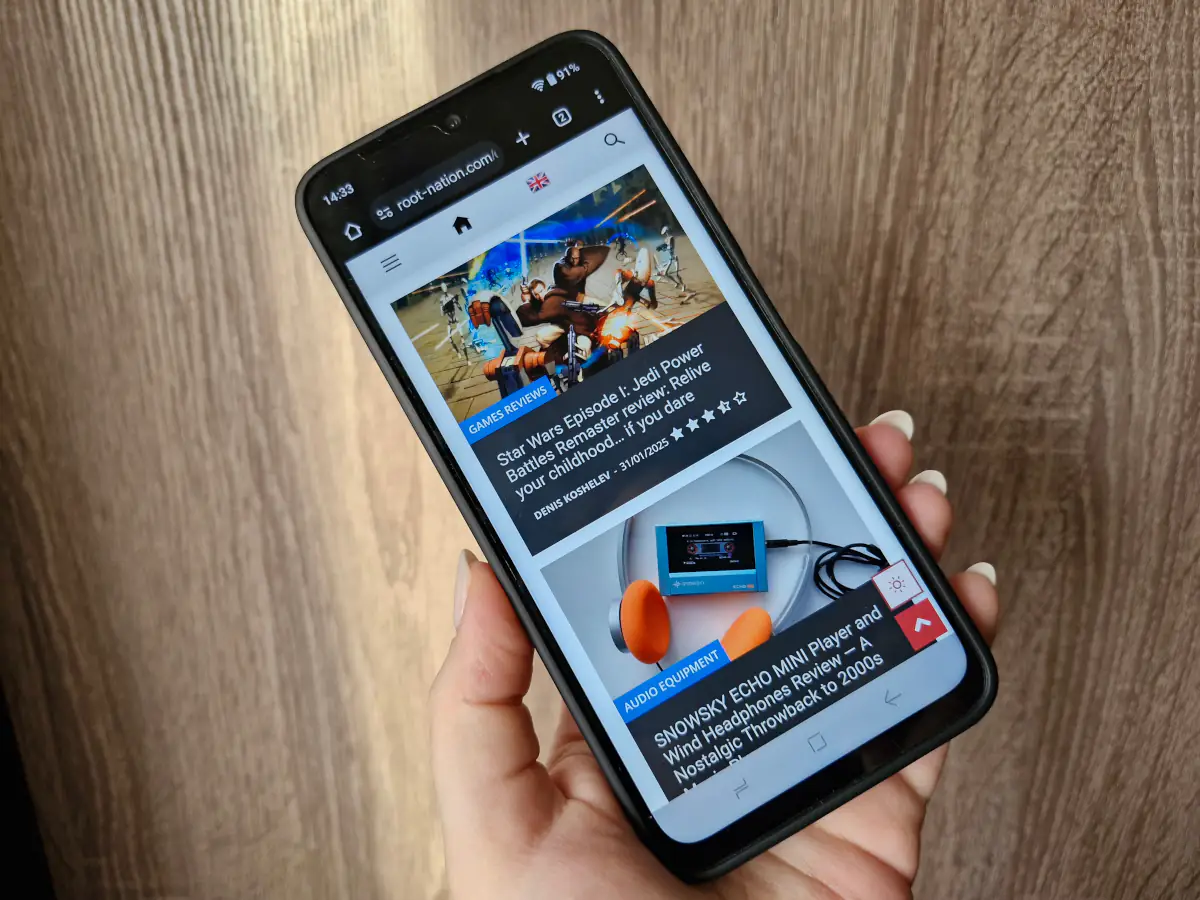
Display
The Fossibot S2 boasts an FHD+ IPS display with a pixel density of 391 ppi. While the refresh rate is standard at 60Hz, I personally find the higher resolution to be a more important factor when choosing between these two specifications. In the $120-130 price range, it’s more common to see 90Hz or even 120Hz displays, but with a lower HD resolution. So, in this case, the higher pixel density offers a clearer and sharper visual experience, which feels more valuable.
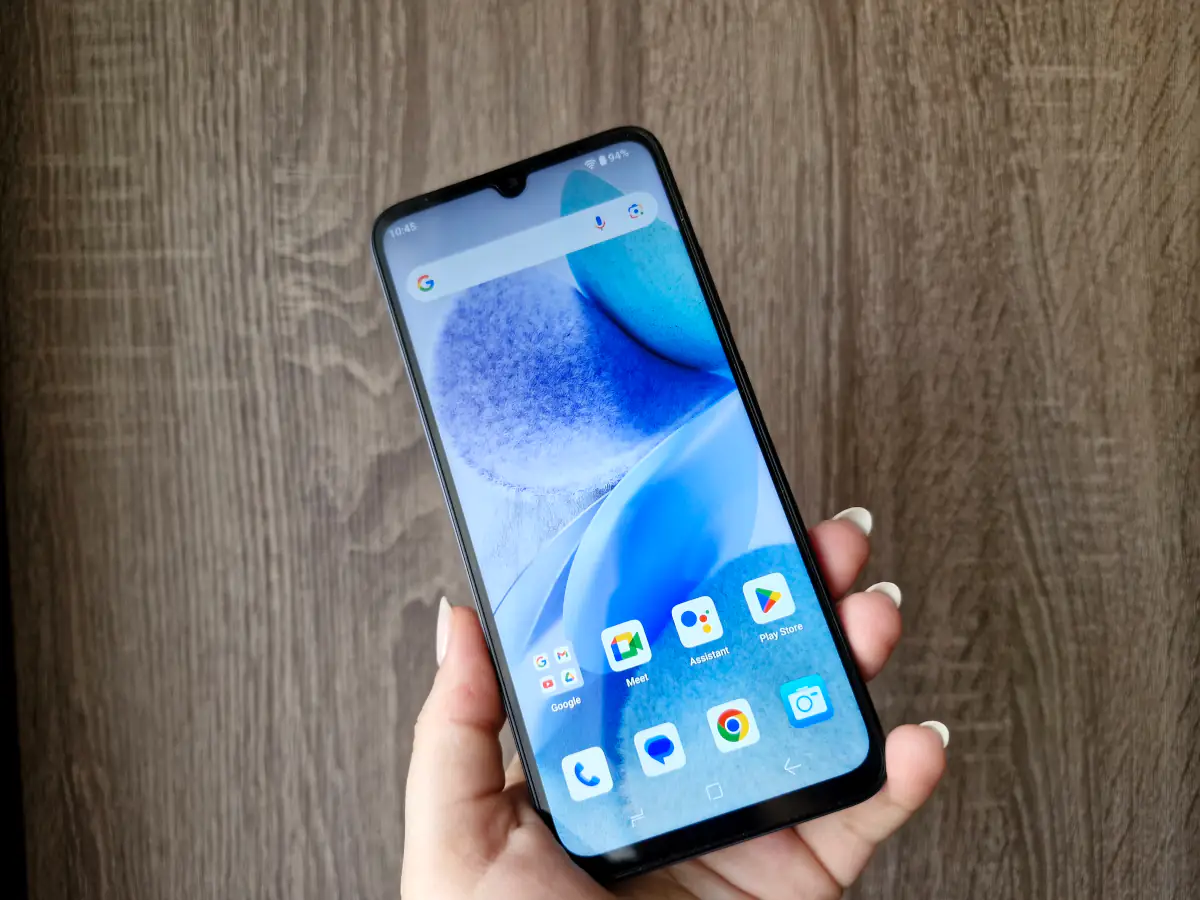
I’m quite pleased with the Fossibot S2’s display—it’s bright, sharp, and offers wide viewing angles. It works well for reading, watching videos, or scrolling through social media feeds. In the settings, you can choose from different color modes: natural, bright, vivid, or adaptive. Additionally, the phone offers standard features like dark mode, auto-brightness, and night mode, ensuring a comfortable viewing experience in various lighting conditions.
Read also: Choosing a Keyboard: Format vs. Size vs. Design
Performance and wireless connectivity
The Fossibot S2 is powered by the Helio G85 chipset, built on a 12nm process. It features 8 cores, with 6 Cortex-A55 cores clocked up to 1.8 GHz and 2 more performance-oriented Cortex-A75 cores reaching up to 2.0 GHz. The Mali-G52MC2 handles graphics. The device offers 256GB of internal storage, which can be expanded up to 1TB, thanks to a full, three-slot tray that accommodates two SIM cards and a microSD card—so you won’t need to sacrifice a second SIM for storage. It also comes with 8GB of RAM, which can be extended by up to 12GB using the internal storage. For wireless connectivity, the S2 supports Wi-Fi 5, Bluetooth 5.0, NFC, and GPS-based location systems.
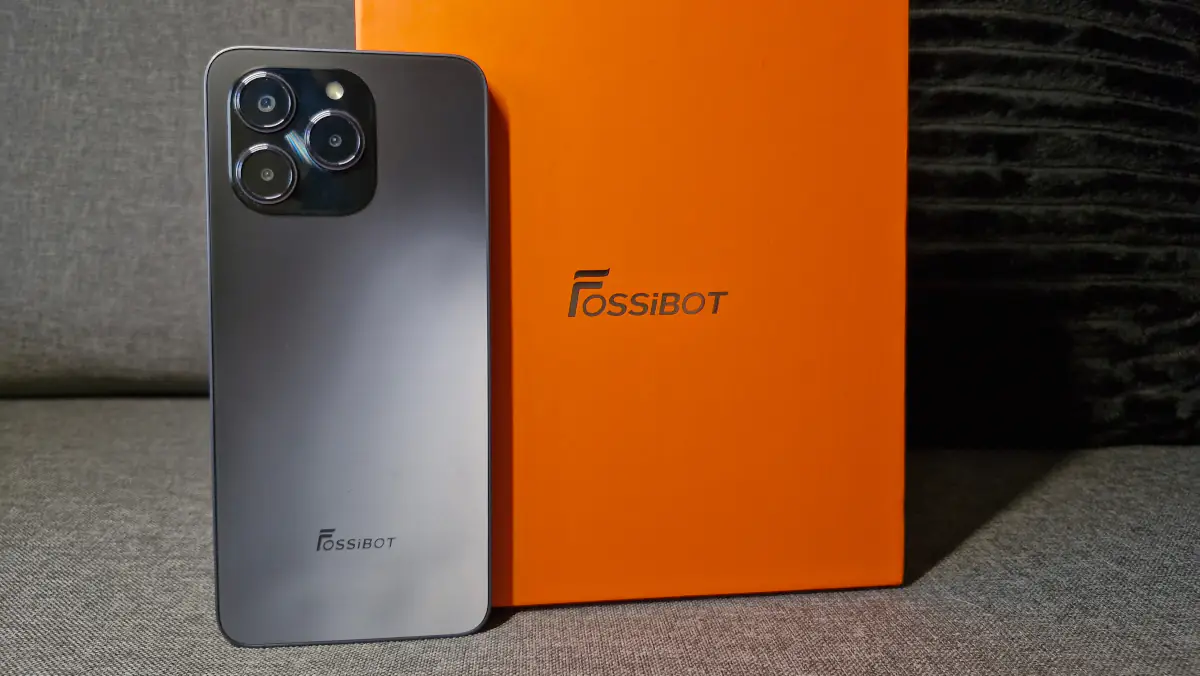
The Fossibot S2 is capable of handling everyday tasks with ease, from browsing and watching videos to using messaging apps, social media, and working with various applications.
The smartphone handles multitasking without any issues, as well as most mobile games. However, for demanding gaming projects with high graphical settings, it is understandably not optimized. What does the “synthetics” reveal?
Under intensive workloads, the smartphone doesn’t achieve record-breaking numbers, but for everyday use, its performance is more than sufficient to handle all the basic tasks.
Software
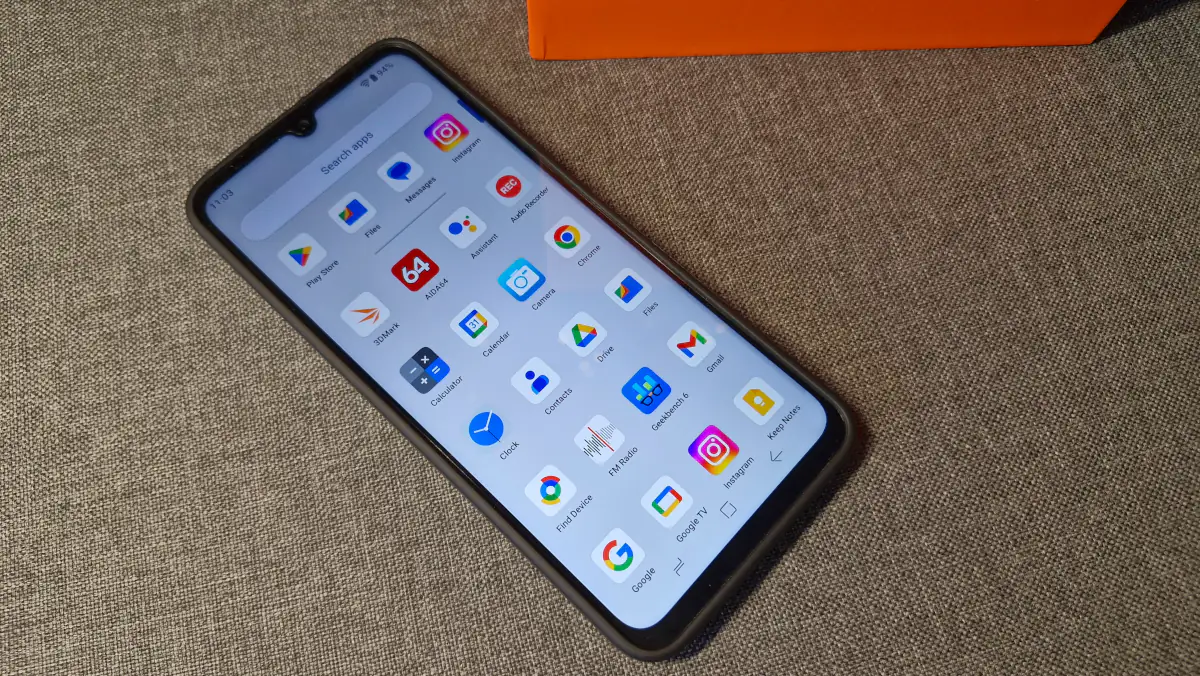
A pleasant surprise for fans of “pure” software – the Fossibot S2 runs on stock Android 14 without any unnecessary bloat. It comes with only standard apps and a set of Google services – nothing extra. This will definitely be a big plus for many, as the system remains light and runs quite fast. In any case, during the testing period, I didn’t encounter any issues with speed or performance.
Unlocking methods
The unlocking tools on the Fossibot S2 are fully equipped – it features both fingerprint and face recognition. Both options work accurately and smoothly, with no complaints. The face scanner can unlock the device even in complete darkness – the minimal screen backlight is enough for it to recognize the owner.
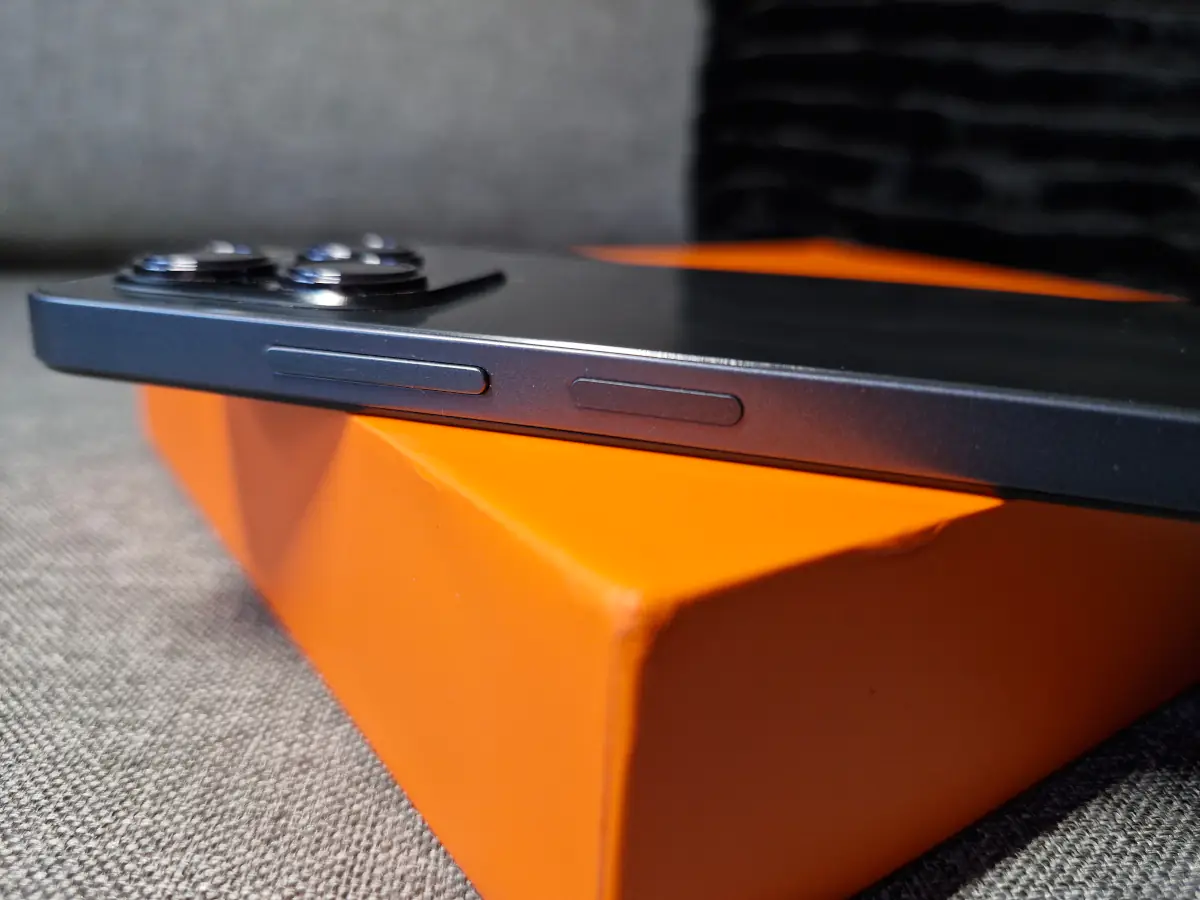
Read also:
Sound
Unfortunately, the Fossibot S2 can’t boast stereo sound, but the main speaker is loud and fairly clear. For everyday use, it’s good enough – it’s sufficient for video watching or voice calls. However, for music listening, it’s better to use headphones. Since there’s no 3.5mm audio jack, you’ll need a Type-C adapter or wireless earbuds.
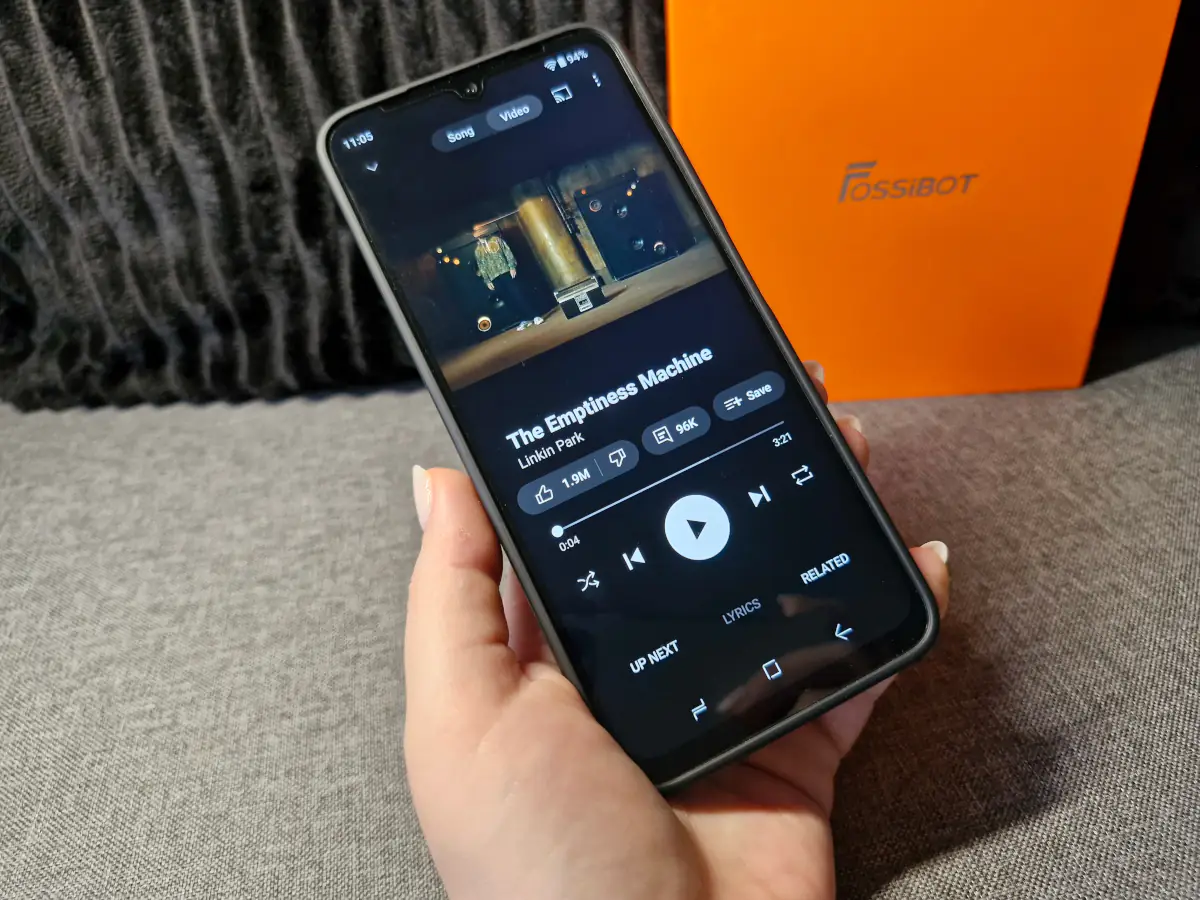
Cameras
Despite having 3 modules in the camera, in essence, it has just one main camera located at the top. It has a 50 MP resolution, but by default, it captures images at 13 MP using a 4-in-1 pixel binning function. If full resolution is needed, there’s a separate 50 MP mode. The other two modules are auxiliary, and the manufacturer doesn’t specify their characteristics or types. However, technically, they are meant to enhance the quality of shots taken by the primary camera.
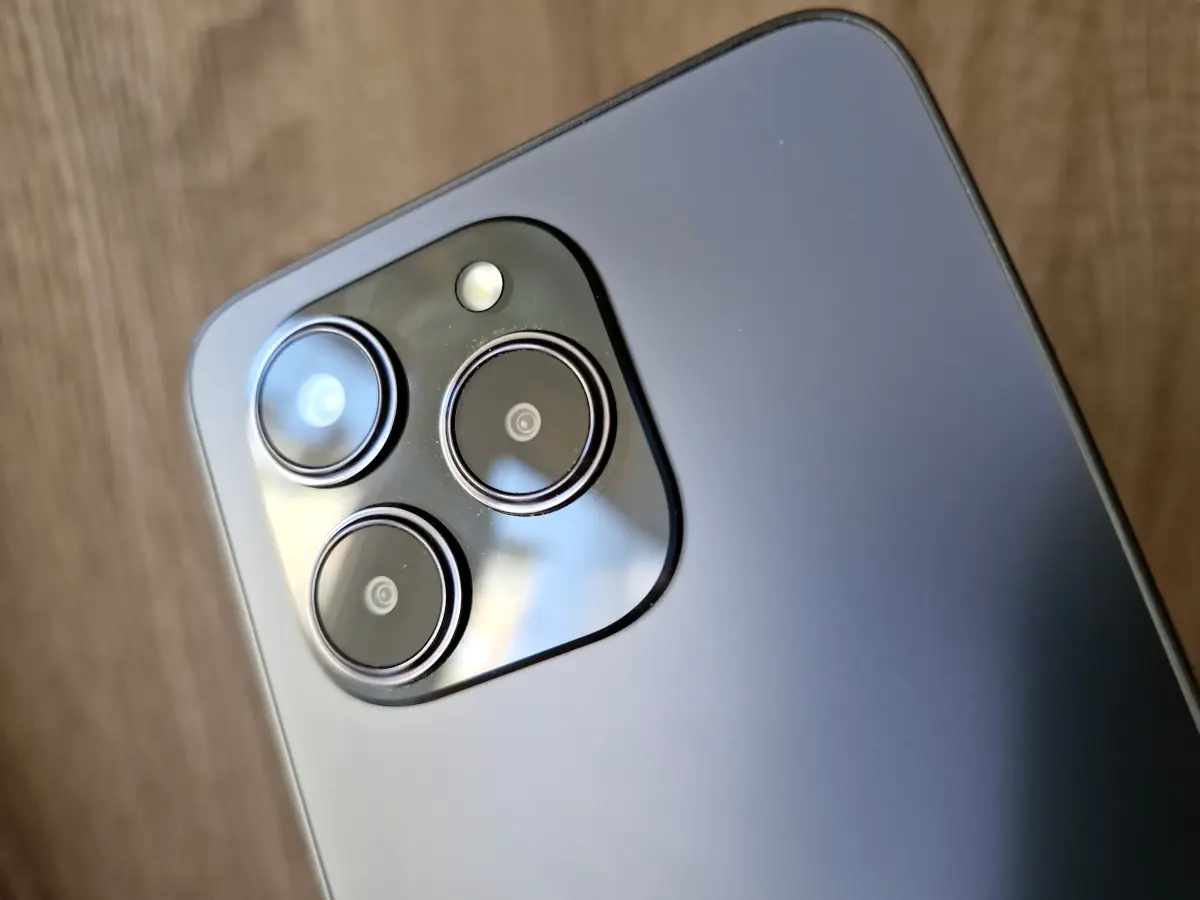
The camera app offers all the essential tools for everyday use. For video recording, there’s a single universal mode, while for photography, there’s a range of interesting options. It includes standard, portrait, beauty, and 50 MP modes, as well as night, panoramic, and pro modes. There’s also HDR, an AI image enhancer, and a QR scanner available.
How does the Fossibot S2 perform in photography? In short, it’s similar to other budget smartphones. Achieving a “wow” effect is tough, but in good daylight, you can capture decent shots. Under artificial or low light, however, getting a pleasing photo is challenging. The night mode can help occasionally, as it manages to “boost” the image quality in some cases.
Here are a few examples of shots taken under artificial lighting. On the left is the standard mode, and on the right is the night mode. An interesting observation: when switching modes, the focal length changes, which results in images appearing either closer or farther, despite being taken from the same spot.
And a few more photos on the 50 megapixel module.
The front camera has a resolution of 16 MP and supports HD video recording. There are four modes available: Photo, Video, Portrait, and Beauty. In good lighting conditions, it can capture decent selfies—natural, detailed, and sharp. It’s also more than adequate for video calls.
Battery life
The Fossibot S2 is equipped with a 5000 mAh battery, which is considered the standard for modern smartphones. The device’s battery life is quite impressive. In the PCMark test, it managed to deliver over 16.5 hours of screen-on time with brightness set around 35-40%, which is more than sufficient for indoor use. A single charge should last for two days of regular use. However, if you spend a lot of time playing mobile games, you will likely need to recharge the phone daily.
The charging speed is 18W, and it takes just over 2 hours to charge the device from 19% to 100%.
Conclusions and competitors
Is it possible to get a decent modern smartphone for everyday tasks with a good FHD+ display, solid battery life, and still keep the cost low? The Fossibot S2 proves that it’s possible. The phone features an attractive design, a good set of accessories, ample memory—both RAM and storage—and a clean version of Android with no unnecessary software. There aren’t any major drawbacks to the device (apart from the smudge-prone body), making it a well-put-together option for its price range.
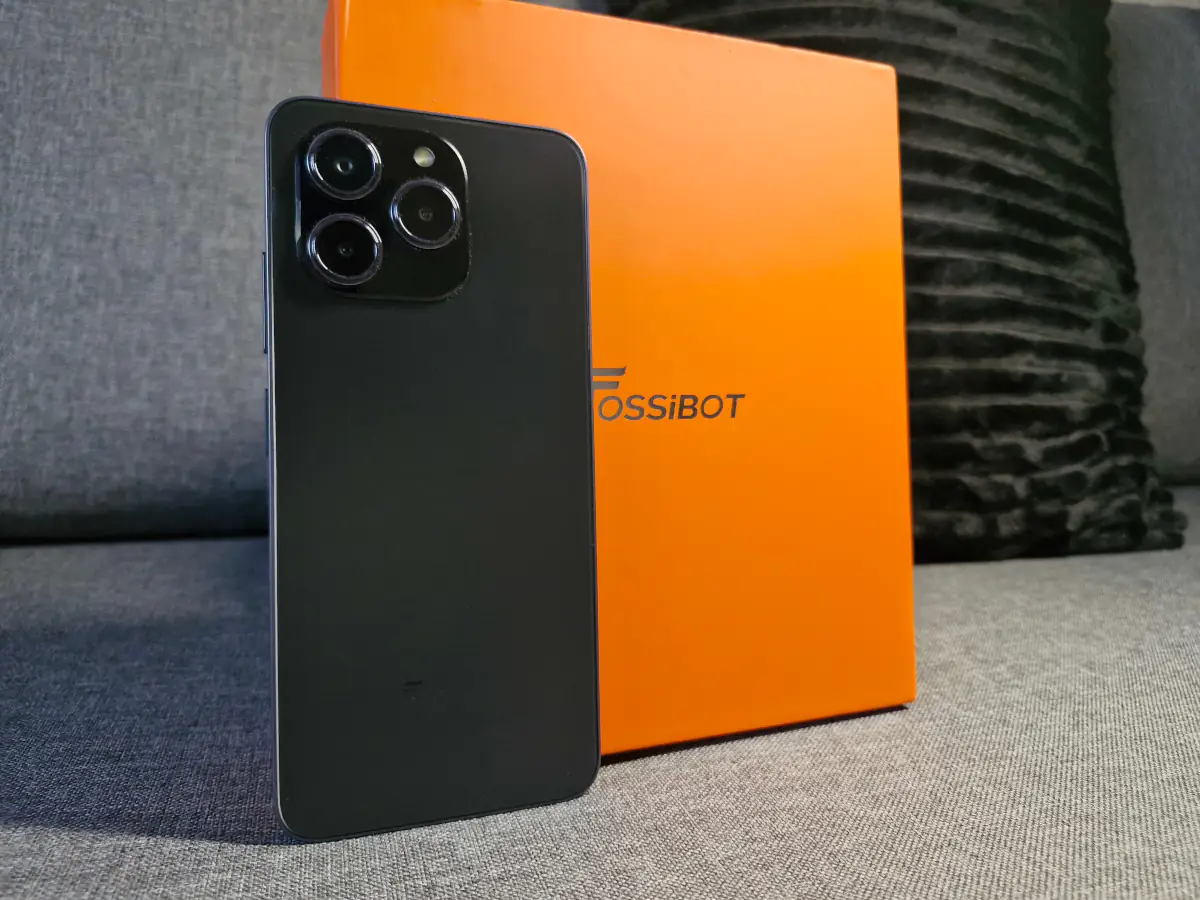
Considering the 256 GB storage and the FHD+ display (as mentioned earlier, HD resolution is more common in this segment), the Fossibot S2 doesn’t have many direct competitors. However, that doesn’t mean there are none. One potential alternative is the Nubia V60. The design of the V60 is almost identical to the S2. The V60 offers a macro camera (although it’s only 2 MP), a 3.5mm headphone jack, and slightly faster charging (22.5W vs. 18W). However, it runs an older version of the operating system, Android 13.

Another option is the Oukitel C37. However, this one feels more like a downgrade, as it comes with less RAM (6 GB vs. 8 GB), an LTPS display, Android 13, and a hybrid SIM slot. It does feature a slightly larger battery, but otherwise, both models are quite similar in terms of specs.
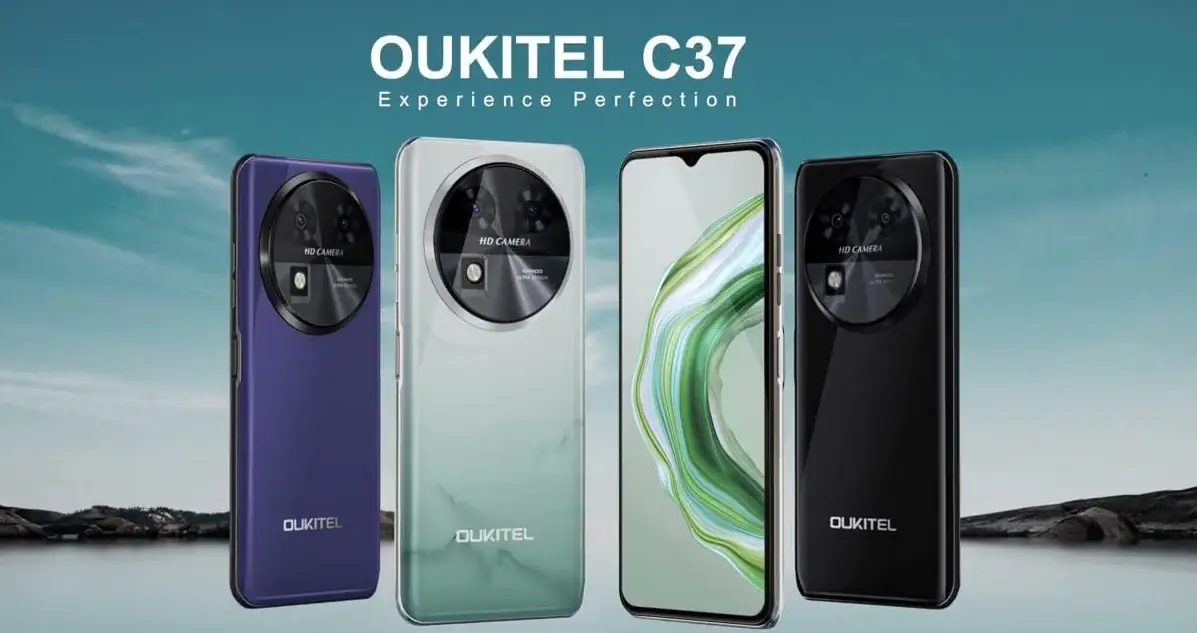
Read also:
- Review of Nubia’s New Releases: Comparing Neo 2 5G, Focus 5G, and V60 Design
- Motorola Edge 50 Neo Smartphone Review
- Motorola Moto G Lineup Review: G14/24/24 Power/32/54/72/84


